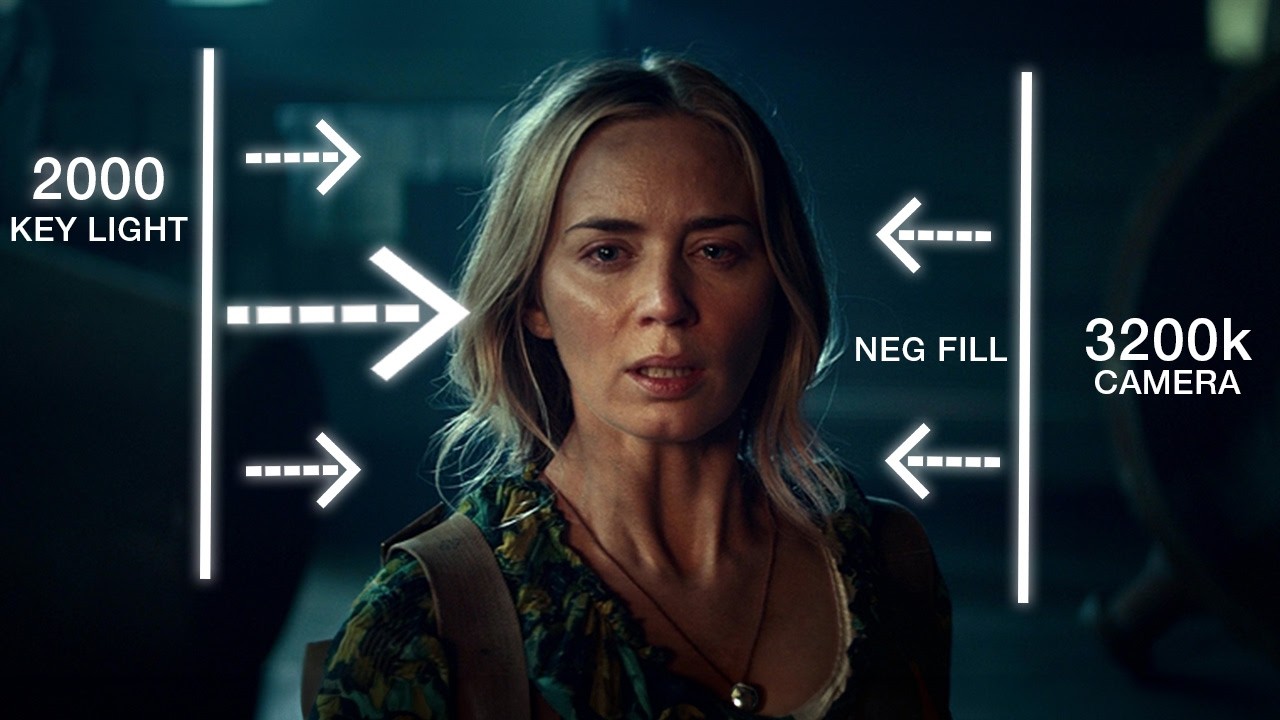Your ISO Settings Are Ruining Your Filmmaking
Summary
TLDRこのビデオでは、ISOが露出にどのように影響するかについて誤解を解き明かし、低光条件下での撮影における「右に露出する」技術について説明します。ISOは露出を直接変化させるわけではなく、感光度を増やすことにより信号を増幅します。ビデオでは、ISO400、800、1600で同じシーンを撮影し、露出を比較し、ISOを下げてよりきれいな影を出す方法を示します。また、露出を右にすることでハイライトの詳細を失うリスクがあること、そしてシーンによって最適なISO設定を選択することが重要であると強調しています。
Takeaways
- 🎥 ISOは露出に直接影響を与えるわけではありませんが、露出の判断に影響を与えます。
- 📸 露出はレンズの絞りとシャッタースピードの2つの変数のみによって決まります。
- 🔊 ISOはセンサーが記録した信号に増幅を加えるものであり、実際にセンサーに到達する光の量を変更するものではありません。
- 🌐 露出を右に設定する(Exposing to the Right)とは、センサーに十分な光を与えることです。
- 📽 フィルム撮影では、フィルムの感度を1ストップ낮く設定して「厚いネガ」を作り、よりきれいで豊かな画像を得ることが一般的でした。
- 🌑 低いISO設定を使用すると、シャドウ部分がきれいになりますが、ハイライトの詳細を失うリスクがあります。
- 🌟 高ISO設定は、ハイライトの詳細を保持したいシーンで役立ちます。
- 📹 カメラのダイナミックレンジは変更されませんが、ISO設定によりハイライトやシャドウのトレードオフが決まります。
- 🎬 低光シーンでは、ISOを下げてシャドウをきれいにし、ブライトなシーンではISOを上げてハイライトの詳細を保持することが推奨されます。
- 📚 ISO設定は露出方法に影響を与えるため、シーンや目的に応じて適切なISOを選択することが重要です。
Q & A
ISOが露出にどのように影響しますか?
-ISOは露出に直接的な影響はありませんが、露出の判断に影響を与えます。露出はレンズの絞りとシャッタースピードの2つの変数によって決まります。
ISOを変更することで画像のノイズがどのように変わりますか?
-ISOを上げると、信号を増幅する効果がありますが、実際にセンサーに到達する光量は変わりません。ただし、ISOを上げすぎると影のノイズが増大し、ISOを下げると影はきれいになりますが、ハイライトの詳細が失われる可能性があります。
「露出を右に」とはどのような意味ですか?
-「露出を右に」とは、センサーに十分な光量を与えることです。ただし、ISOを上げて露出を右にすると、実際には左に露出している可能性があるため、ISOを下げて光量を増やした方がよいです。
フィルム撮影における「露出を右に」とはどのような手法ですか?
-フィルム撮影では、フィルムの標準ISOより低いISOで露出し、印刷時に1ストップ下げることで、より濃いネガを作り、きれいで豊かな画像を得る手法です。
ハイライトの詳細を保持したい場合はどうすればよいですか?
-ハイライトの詳細を保持したい場合は、ISOを上げて露出を右にし、ハイライトに余裕を持たせることが必要です。ただし、これにより影のノイズが増大する可能性があります。
ビデオの作者はどんなシーンで低いISO設定を使用しますか?
-ビデオの作者は、低光条件下のムーディなシーンで低いISO設定を使用し、きれいな影を得る傾向があります。
ビデオの作者はどんなシーンで高いISO設定を使用しますか?
-ビデオの作者は、明るい日の外景や美しい夕日の空の詳細を保持したい場合に高いISO設定を使用します。
ISOを変更する際のトレードオフとは何ですか?
-ISOを変更する際のトレードオフは、影のきれいさとハイライトの詳細の間です。低いISOでは影がきれいになりますが、ハイライトの詳細が失われる可能性があります。高いISOではハイライトの詳細を保持できますが、影のノイズが増大します。
ビデオの作者はなぜ第二ネイティブISOを使用しないと述べていますか?
-ビデオの作者は、第二ネイティブISOを使用するとノイズが使い物にならないと感じており、特に影の部分で顕著なため、使用しないようにしています。
技術が進歩することでISOの使用はどのように変わりますか?
-技術が進歩することで、高ISO設定を使用してもノイズをあまり心配する必要がなくなり、より柔軟な露出設定が可能になるでしょう。
Outlines

Cette section est réservée aux utilisateurs payants. Améliorez votre compte pour accéder à cette section.
Améliorer maintenantMindmap

Cette section est réservée aux utilisateurs payants. Améliorez votre compte pour accéder à cette section.
Améliorer maintenantKeywords

Cette section est réservée aux utilisateurs payants. Améliorez votre compte pour accéder à cette section.
Améliorer maintenantHighlights

Cette section est réservée aux utilisateurs payants. Améliorez votre compte pour accéder à cette section.
Améliorer maintenantTranscripts

Cette section est réservée aux utilisateurs payants. Améliorez votre compte pour accéder à cette section.
Améliorer maintenantVoir Plus de Vidéos Connexes
5.0 / 5 (0 votes)






